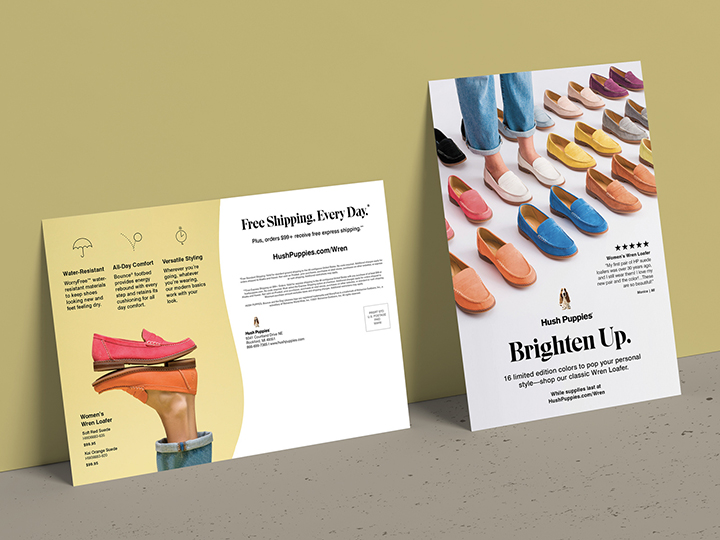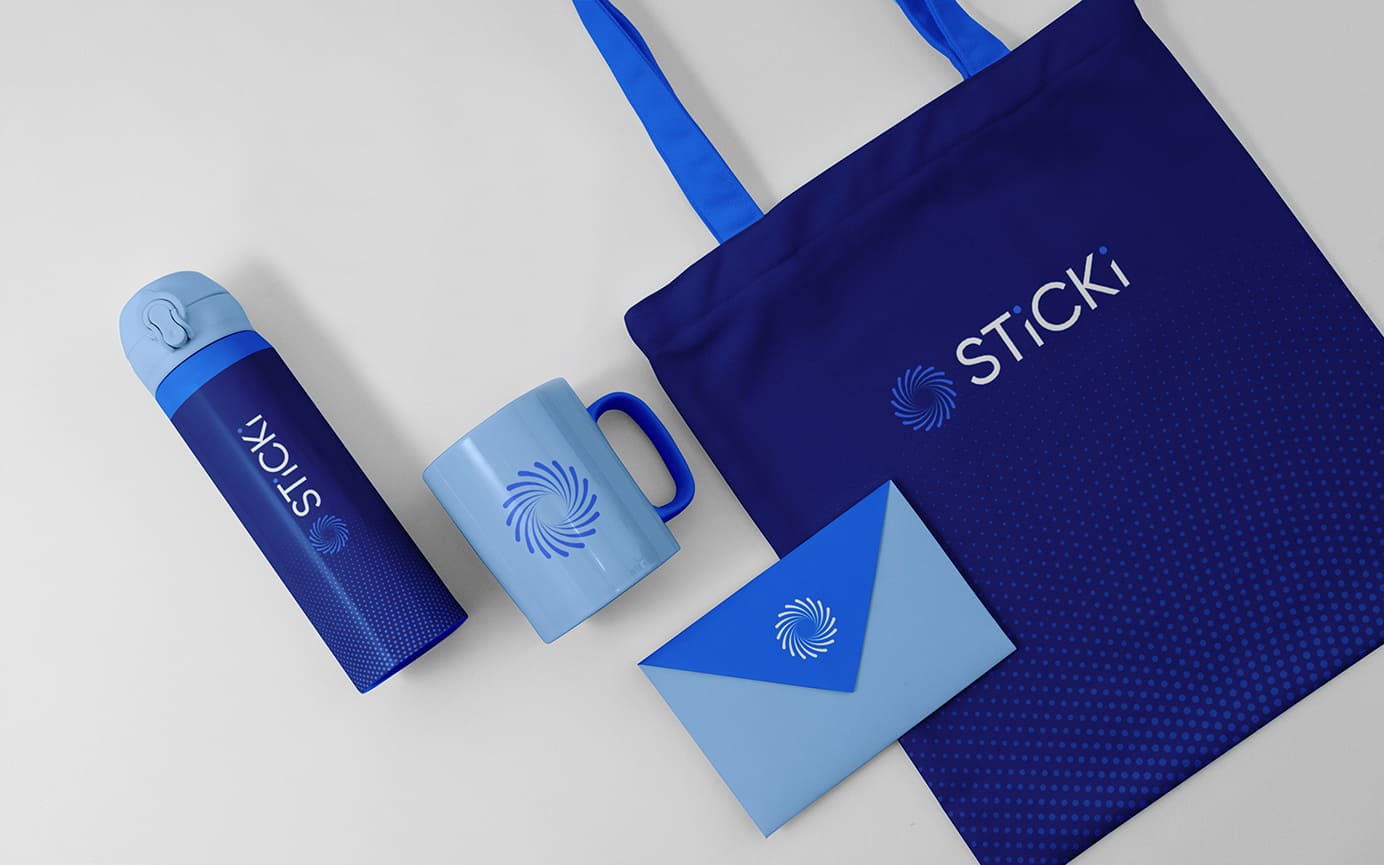Understanding Print Marketing
At its core, print marketing involves the utilization of physical materials to convey promotional messages and brand information. Unlike digital marketing, which relies on online platforms, print marketing leverages tangible items to capture the attention of target audiences. Whether it’s a beautifully designed brochure or an eye-catching poster, print materials serve as tangible touchpoints that leave a lasting impression on recipients.
Insights into Print Marketing Effectiveness
- High Response Rates: Contrary to popular belief, direct mail boasts a significantly higher response rate than email marketing. Studies have shown that for every 100 direct mail recipients, approximately 4 to 5 individuals respond, underscoring the effectiveness of this traditional marketing method.
- Trustworthiness: Print marketing materials are perceived as more trustworthy and credible by consumers. The physicality of print materials instills a sense of authenticity, leading to increased consumer trust and engagement with the brand.
- Longevity: Print materials have a longer lifespan compared to their digital counterparts. Whether displayed on a refrigerator or kept on a desk, print materials serve as persistent reminders of a brand’s message and offerings, extending their impact over time.
Key Considerations for Print Marketing Implementation
- Audience Segmentation: Understanding the demographics and preferences of your target audience is crucial for designing effective print materials. Tailoring your messaging and design to resonate with your audience enhances engagement and response rates.
- Brand Consistency: Consistency in design elements, color schemes, and messaging across print materials reinforces brand identity and fosters brand recognition. Cohesive branding ensures that your materials are instantly recognizable and memorable.
- Investment in Quality: High-quality printing services are essential for ensuring that your materials are visually appealing and durable. Investing in premium paper stock, crisp graphics, and vibrant colors enhances the perceived value of your brand and materials.
- Clear Calls to Action (CTAs): Every print material should include a clear and compelling CTA directing recipients to take the desired action, whether it’s visiting a website, making a phone call, or visiting a physical store. A well-crafted CTA encourages recipients to engage further with your brand.
Advantages of Print Marketing
- Tangibility and Engagement: Print materials provide a tactile experience that digital content cannot replicate. The physicality of print materials encourages interaction and engagement, fostering a deeper connection with the brand.
- Targeted Reach: Advances in data analytics enable precise targeting of print marketing campaigns, ensuring that messages reach the right audience at the right time with personalized content. From demographic targeting to geographic segmentation, print marketing allows for highly targeted campaigns that maximize ROI.
- Creative Expression: Print marketing offers a canvas for creativity, allowing businesses to showcase their brand personality through innovative designs and captivating visuals. From striking imagery to compelling copywriting, print materials provide ample opportunities for creative expression and storytelling.
- Integration with Digital Strategies: Print marketing seamlessly integrates with digital efforts, providing an additional touchpoint for engaging with consumers. By combining print and digital marketing channels, businesses can create cohesive and omnichannel campaigns that amplify brand visibility and impact.
Print marketing continues to be a versatile tool for enhancing brand visibility and engagement. By understanding its effectiveness, businesses can leverage print marketing to achieve their marketing objectives and stand out in today’s competitive landscape. Embrace the power of print marketing and unlock new opportunities for connecting with your audience in meaningful ways.





